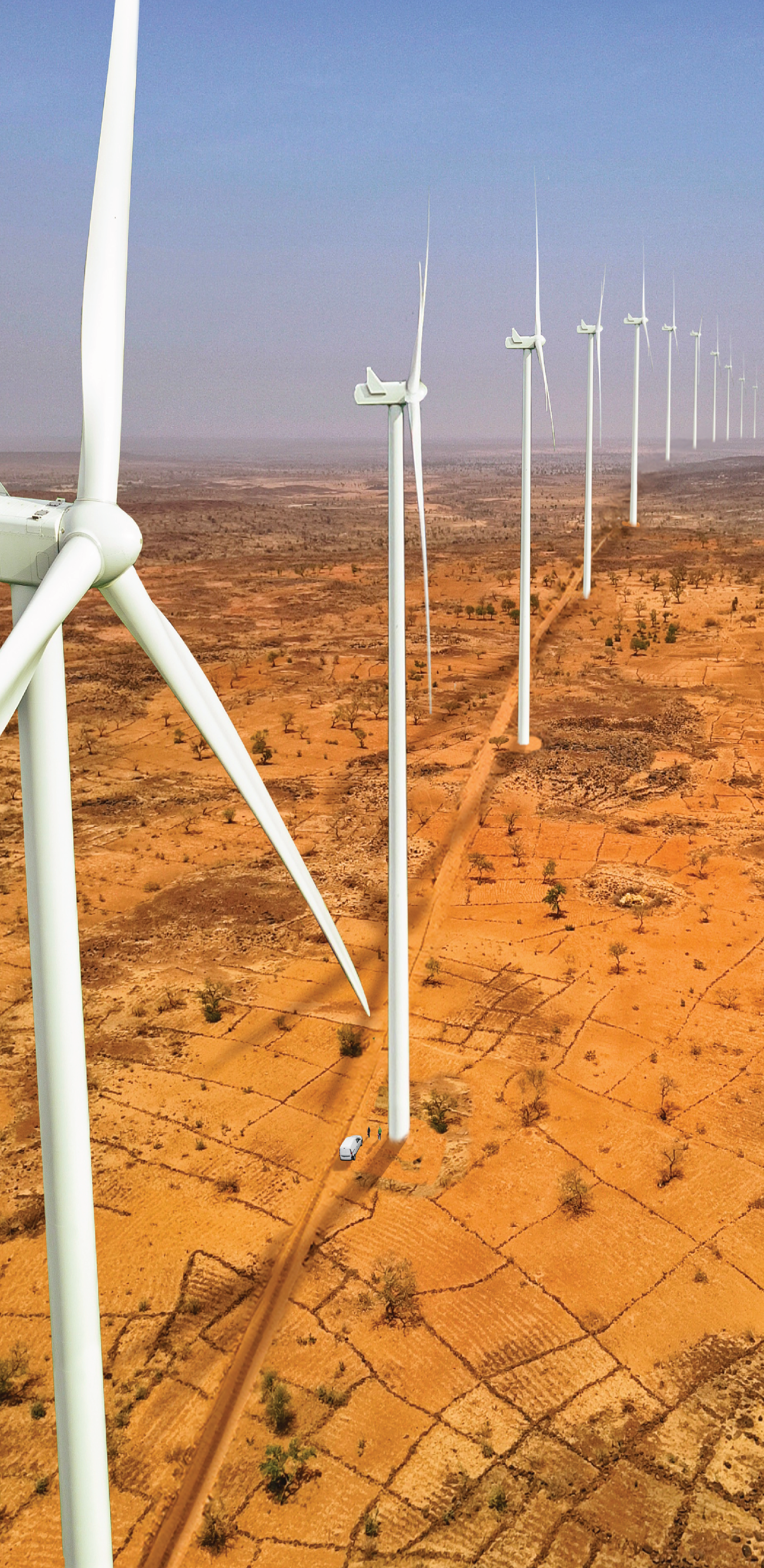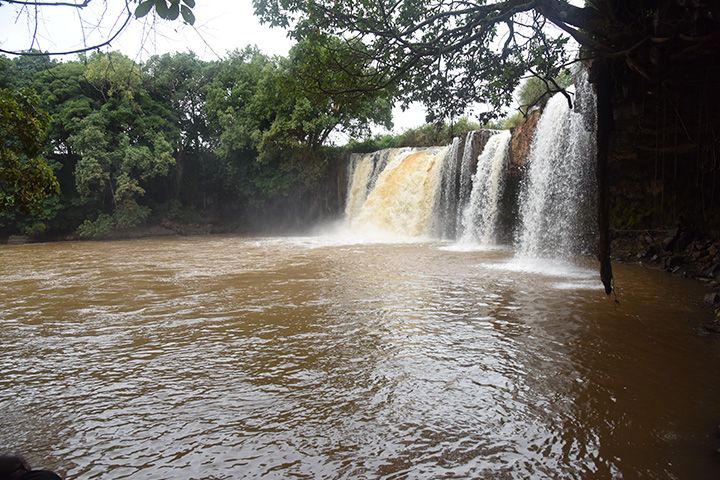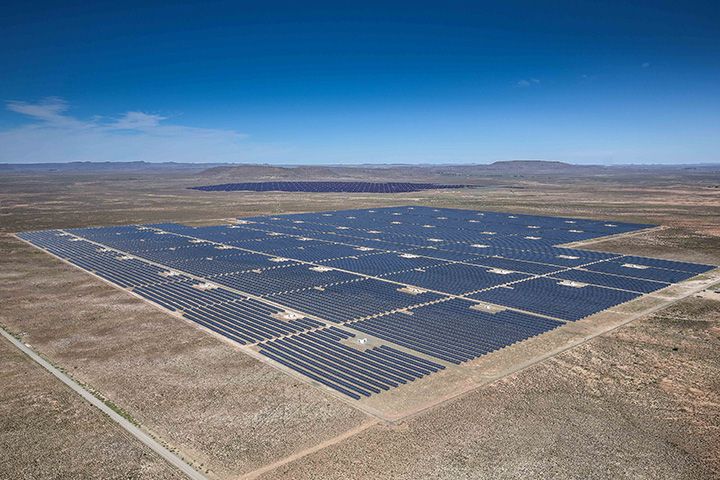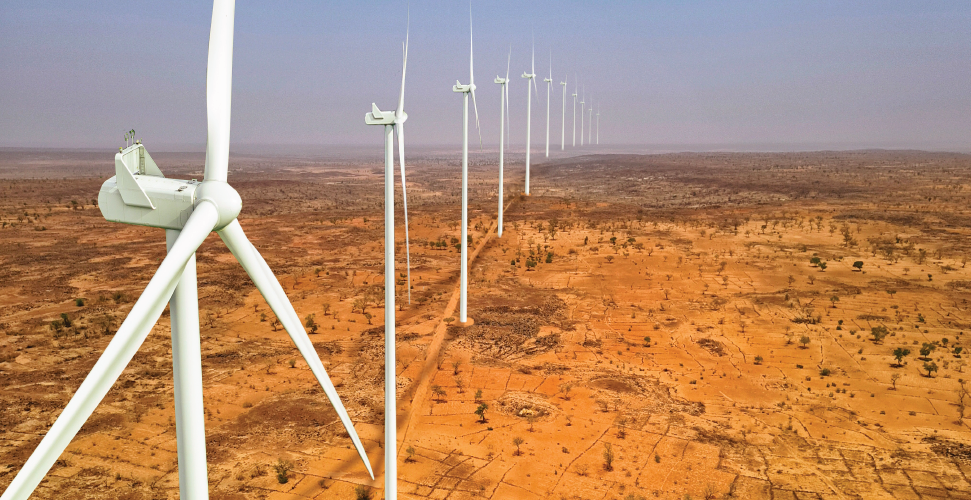Savannah’s Power Division has a current portfolio of large-scale hydroelectric, solar and winder renewable energy projects in motion across Africa

Parc Eolien de la Tarka
Savannah’s up to 250 MW Parc Eolien de la Tarka project, located in the Tahoua Region of southern Niger, is expected to be the country’s first wind farm and the largest in West Africa. With 35 to 40 wind turbines and a total power generation capacity of up to 250 MW, it is expected to produce up to 800 GWh of electricity per year, representing approximately 20% of Niger’s national annual electricity demand by 2029.1 The construction phase is expected to create over 500 jobs, and it has the potential to reduce the cost of electricity for Nigeriens and avoid an estimated 450,000 tonnes of CO2 emissions annually.2
Two leading international development finance institutions, the International Finance Corporation ("IFC"), which is a member of the World Bank Group, and the US International Development Finance Corporation ("DFC"), which is America’s development finance institution, are funding approximately two-thirds of the project’s pre-construction development costs.
Up to 250 MW
Proposed installed power generation capacity
35-40 wind turbines
Expected to comprise between 35 to 40 wind turbines
800 GWh/y
Expected to produce up to 800 GWh per year of electricity to the Nigerien grid
500 local jobs
The construction phase of the project is expected to create over 500 local jobs
20%
Expected to meet approximately 20% of Niger’s electricity demand by 20291
First power 2029
Financial close expected in 2027and first power targeted in 2029

Bini a Warak
Savannah’s up to 95 MW hybrid hydropower and solar Bini a Warak project, located in the northern Adamawa Region of Cameroon, involves the construction of a dam on the Bini River, together with a reservoir and associated waterways, powerhouses, substations and a transmission line connecting the project to Cameroon’s northern electricity grid. The project includes 40 MW of photovoltaic solar, with hydropower production adapting to photovoltaic solar production levels, enabling a combined stable level of energy generation throughout the day. The project is expected to generate clean, stable, and affordable power for Cameroon’s northern region, increasing the region’s generation capacity by over 50%. This, in turn, is expected to support existing local electricity demand and enable energy-intensive industrial projects that will drive economic development. The Cameroon-Chad Interconnection Project, financed by the World Bank and scheduled for completion by 2027, will allow for the transmission of electricity between north and south.
Up to 95 MW
To be located in the northern Adamawa Region of Cameroon
+50%
Expected to increase current on-grid electricity generation capacity in northern Cameroon by over 50%
110 kV
A 110 kV transmission line is expected to connect the project to Cameroon’s northern electricity grid
First power 2030
The project is intended to be developed on an independent power project basis with financial close expected in Q3 2028, first power from the solar unit targeted in 2030 and the hydropower unit commissioned approximately four years after project sanction. We also plan to bring in a funding partner ahead of financial close.

Niger solar projects
Savannah is progressing a large-scale solar project in Niger, comprising two photovoltaic solar power plants, expected to be located within 20 km of the cities of Maradi and Zinder, in southern Niger. Each plant is expected to have an installed capacity of up to 100 MW, for a total potential installed capacity of up to 200 MW. The photovoltaic solar projects are expected to generate reliable, affordable energy for Niger and supply up to 10% of Niger’s national electricity demand, based on energy demand predictions for 20291, as well as avoiding an estimated 260,000 tonnes of annual CO2 emissions.2
Up to 200 MW
Two solar photovoltaic power plants, of up to 100 MW each, expected to be located within 20km of the cities of Maradi and Zinder, respectively, in southern Niger
Grid connection
Expected to be connected to the South Central section of Niger’s electricity grid
Avoiding up to 260 kt of CO2
Expected to avoid up to an estimated 260,000 tonnes of annual CO2 emissions2
10%
Expected to supply up to 10% of Niger’s electricity demand by 20291
- Based on internal calculations.
- Calculation based on European Investment Bank (EIB) Project Carbon Footprint Methodologies, Methodologies for the Assessment of Project GHG Emissions and Emission Variations, July 2020.
